Test Drive Report of the New Porsche 911 (992): How Does It Perform on Public Roads? [Part 2]
公開日:2020.03.08
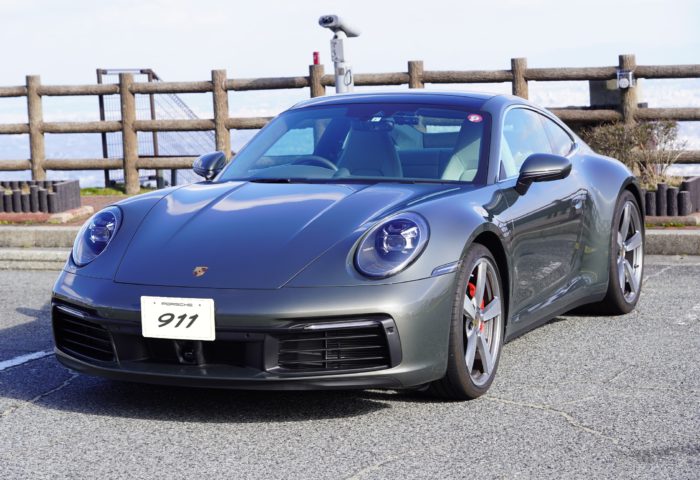
Test Drive Report of the New Porsche 911 (992) [Part 1] continues here with the second part.
Test Drive of the New Porsche 911 (992)
Winding Roads, Sport and Sport Plus Modes
Switching to Sport or Sport Plus mode and changing the shifts to manual operation, the flaps on the sports exhaust open, making the exhaust note deeper. However, the impression is not so much that the volume increased significantly, but rather that the sound quality changed.
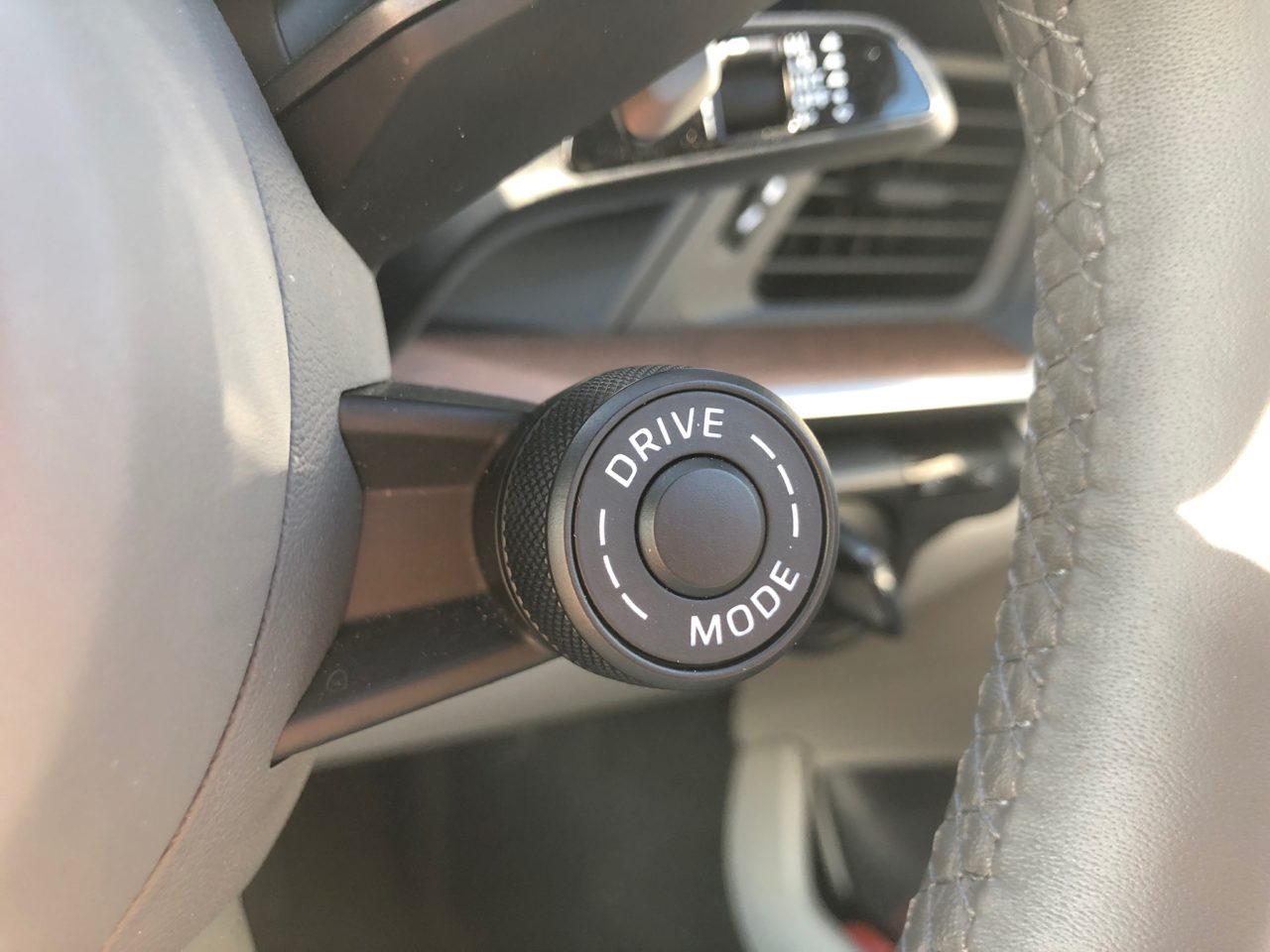
Later, when I asked the dealer representative, “The volume doesn’t seem to change much when turning the sports exhaust ON or OFF, does it?”
He replied, “No, that’s because you’re familiar with the 981 Boxster GTS and the 4-liter V8. Those models have a much more dramatic change.”
It seems that due to recent noise regulations, the sporty feel is expressed more through changes in sound quality than volume.
In normal mode on city streets, the paddle shifts feel like they shift with about half a beat delay, but in Sport Plus mode, the shift speed is lightning fast. It’s clearly faster than the 971 Panamera’s transmission.
The PDK sports mode in the 991 GT3 has an incredible response speed, and this comes quite close to that. Subjectively, as far as I know, the shift response speed in Sport Plus mode of the 992’s PDK feels “faster than a McLaren 720S, Ferrari 488, Huracán, or GT-R.”
Shifts snap crisply, and the winding roads come alive with the roaring “bonk!” of gear changes — simply the best experience.
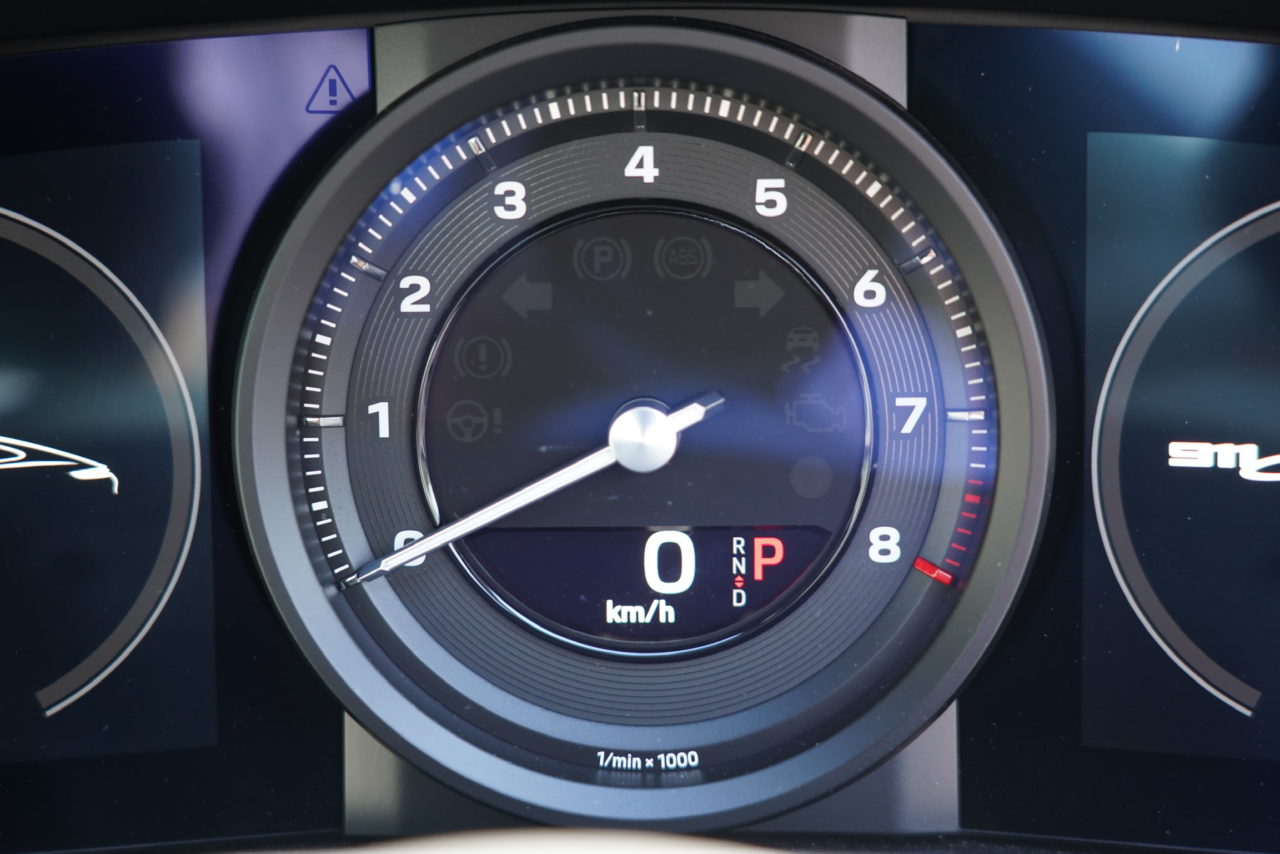
Porsche must invest extraordinary costs and passion into developing the PDK. Honestly, compared to other manufacturers, the transmission performance seems to be a cut above the rest.
Even with the sports exhaust OFF, the engine sound is quite bold. With the coupe body and windows closed, you can still clearly hear the engine. My memory is a bit vague, but compared to the 991.1 Carrera 4S and 991.2 Carrera Cabriolet I’ve driven before, the engine sound seems more pronounced here.
Power Feel
The 3-liter flat-six turbo engine produces 450 ps. It’s fast and never feels lacking. However, it’s not so powerful as to be difficult to handle. Since I’m used to the power of the GT3 and Panamera Turbo, take this with a grain of salt, but I didn’t get the impression that the power was “too much to handle.”
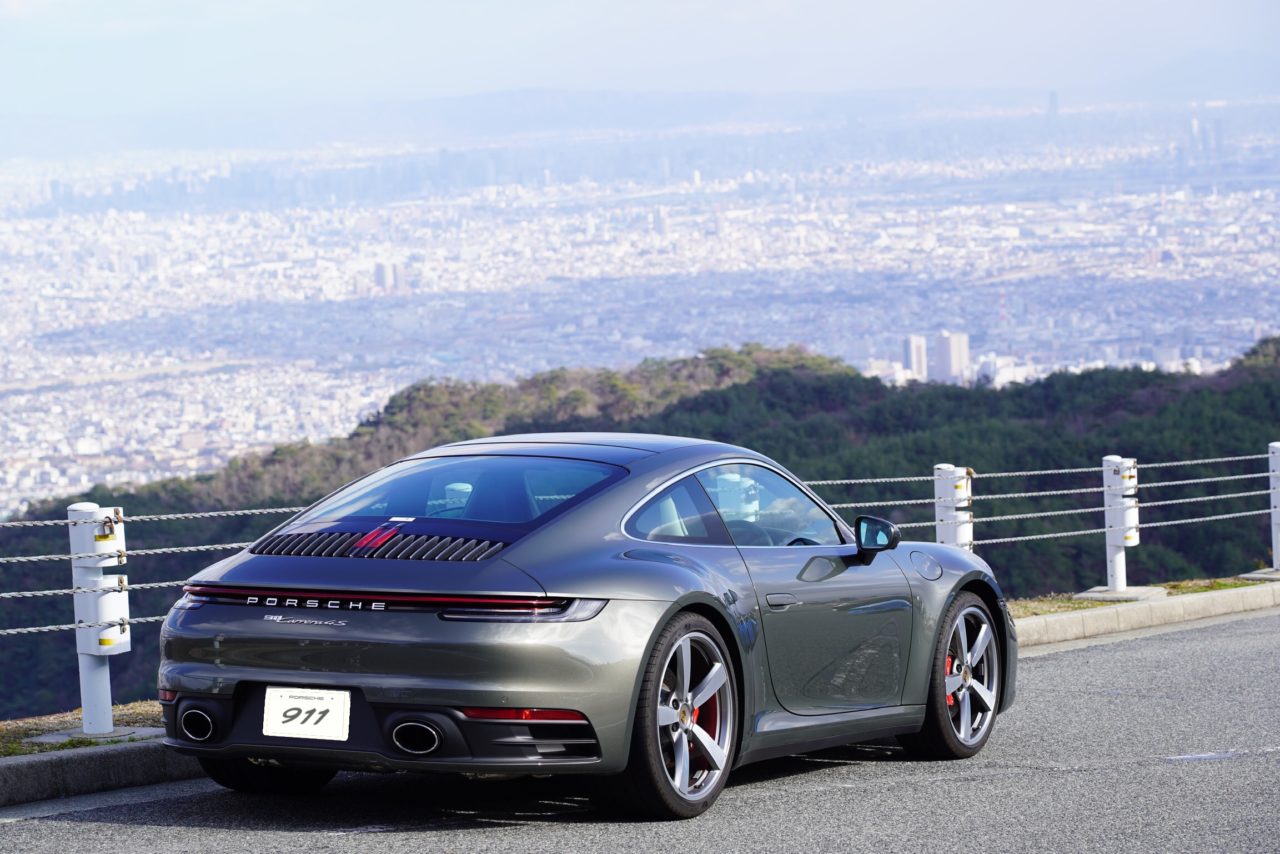
The torque from low rpm is also strong, and turbo lag is hardly noticeable during normal driving. It leaves the impression of a very powerful yet easy-to-handle engine.
On the other hand, to put it negatively, it’s such a well-behaved engine that it doesn’t leave a strong impression. Honestly, as I write this, I’m trying to recall the engine’s characteristics, but all I remember is that it was a smooth, powerful, excellent engine that felt very pleasant — not much else stands out.
By the way, I heard from someone who compared the base Carrera (385 ps) and this S engine that in normal driving, the power difference doesn’t feel as big as the numbers suggest. The sound is almost the same with hardly any noticeable difference. However, at high rpm, the S feels more powerful and has better top-end pull.
Cornering and Suspension
When flowing through consecutive corners, you can clearly feel the tires’ contact with the road. It’s easy to grasp the status of all four wheels, and this feeling seems stronger than in the previous generation. There’s absolutely no uncertainty—you can tell exactly which way the tires are pointing.
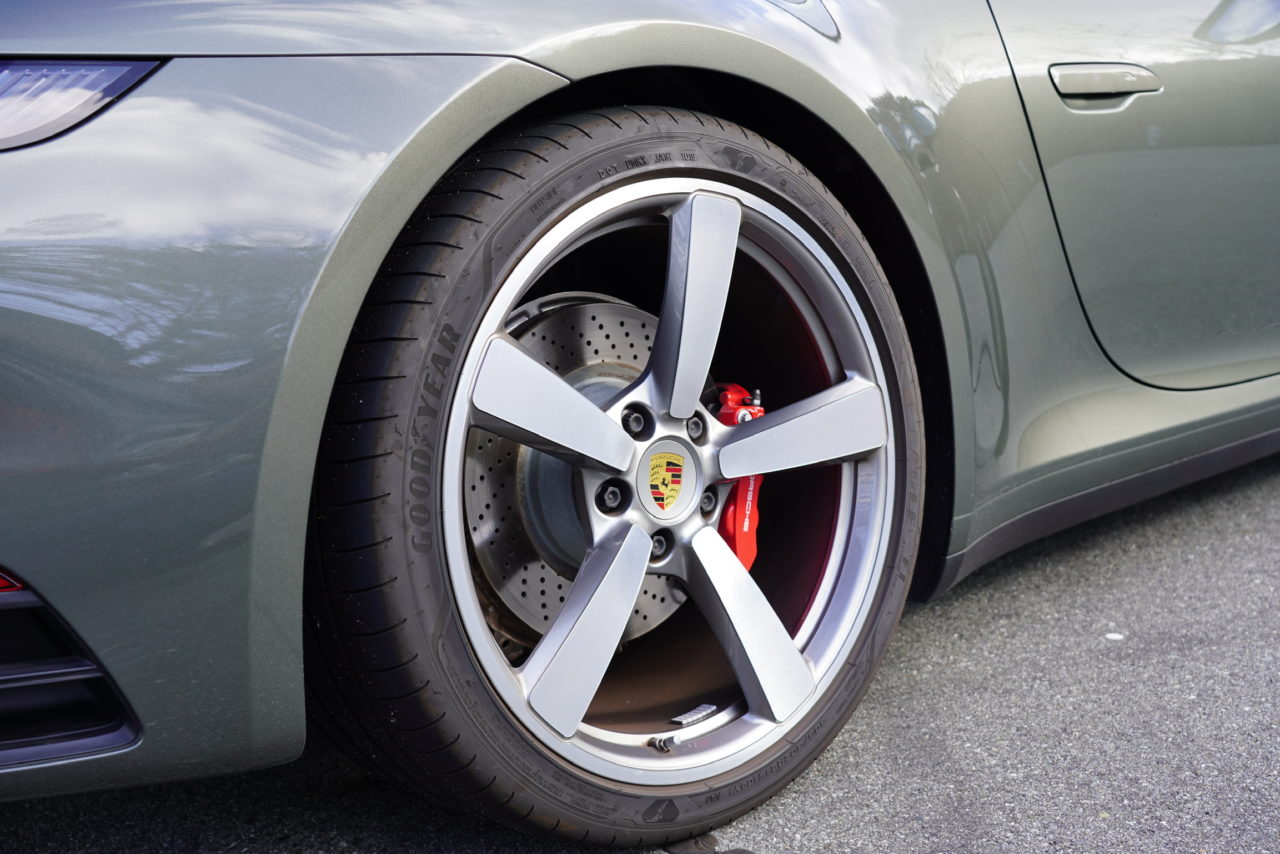
When I apply strong traction in a corner where the rear tends to step out in the GT3, I tried the same with the Carrera 4S. As expected from an all-wheel-drive car, torque is probably instantly distributed to the front wheels, allowing the car to exit corners with a stable, composed posture without any drama.
If you want to enjoy the thrill of throwing the car around, the 992, especially the Carrera 4S, is simply not suitable for public roads. So, I think this car is above all else an “all-weather, fast touring car focused on stable and quick driving.”
This car’s suspension is a standard PASM setup, not the PASM Sport version. In Normal mode, the ride is very comfortable, and while there is some body movement over large bumps, it’s completely acceptable. I doubt anyone would say the ride is uncomfortable.
Switching PASM to Sport mode tightens the suspension noticeably. This change feels more significant than in the 991 generation. The body movement over bumps at low speed increases, and it feels about the same or slightly softer than the PASM Normal mode on a GT3 with PCCB brakes.
Trying some medium-speed corners in PASM Sport, the tires still seem to grip the road and refuse to let go. The car feels completely stable with zero fear.
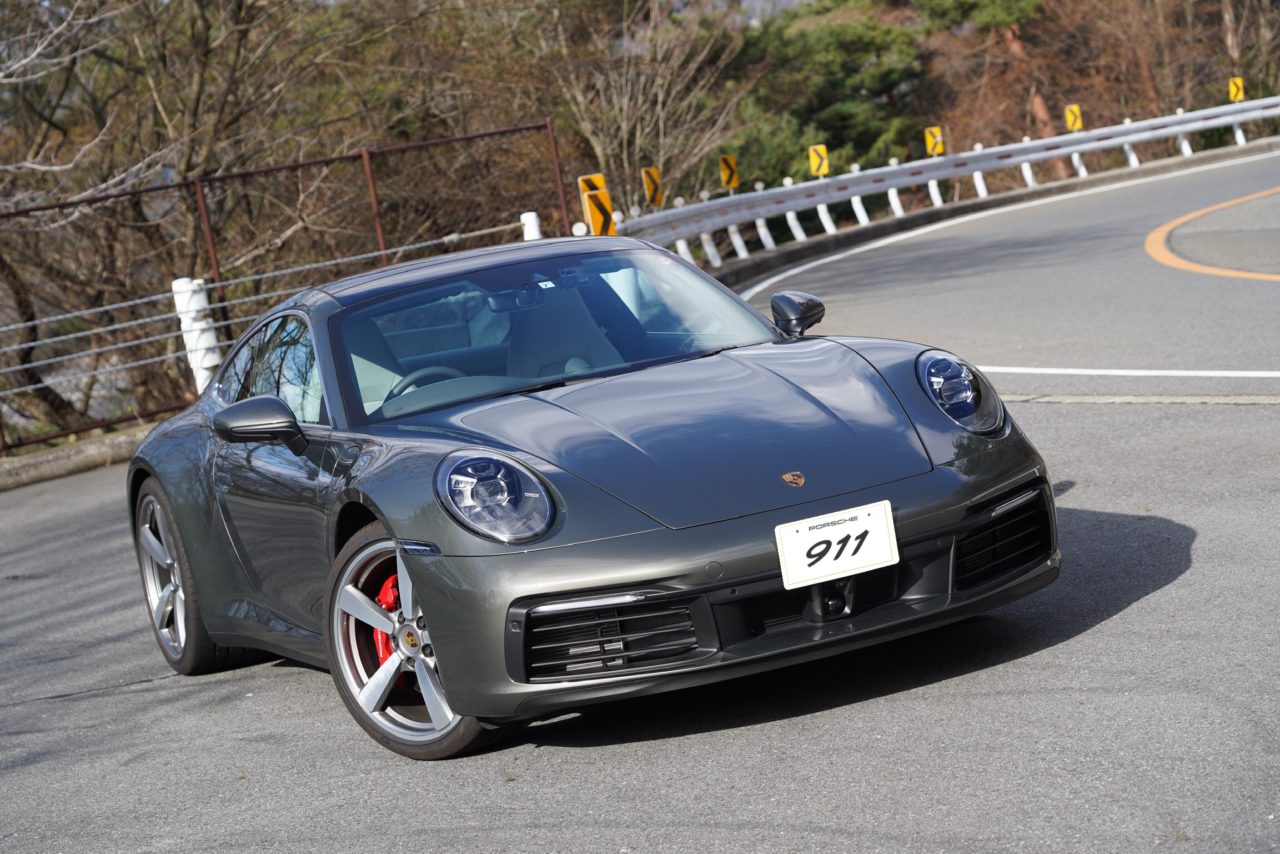
It doesn’t have the aggressive, carving cornering style of a GT3, nor the light, compass-like nimbleness of a Boxster. It’s somewhere in between—perhaps a bit closer to the GT3—turning smoothly without any slips or drama.
Again, it feels a bit too well-behaved, but to truly see the 992’s true nature, you’d have to take it to a circuit.
By the way, this test car had only about 5,000 km on the odometer, so the ride quality could improve further. From my experience, Porsche suspensions become much more supple after about 15,000 to 25,000 km. I’d love to try a more broken-in example someday.
Overall Impression of the New Porsche 911 (992)
After finishing the test drive and heading home, I realized I was driving with the feeling of “my usual Porsche” with no discomfort at all. It was as if I forgot it was a test car—nothing felt unusual or different from my everyday experience.
That feeling of “no discomfort” is, I believe, proof that the 992 is unmistakably a Porsche.
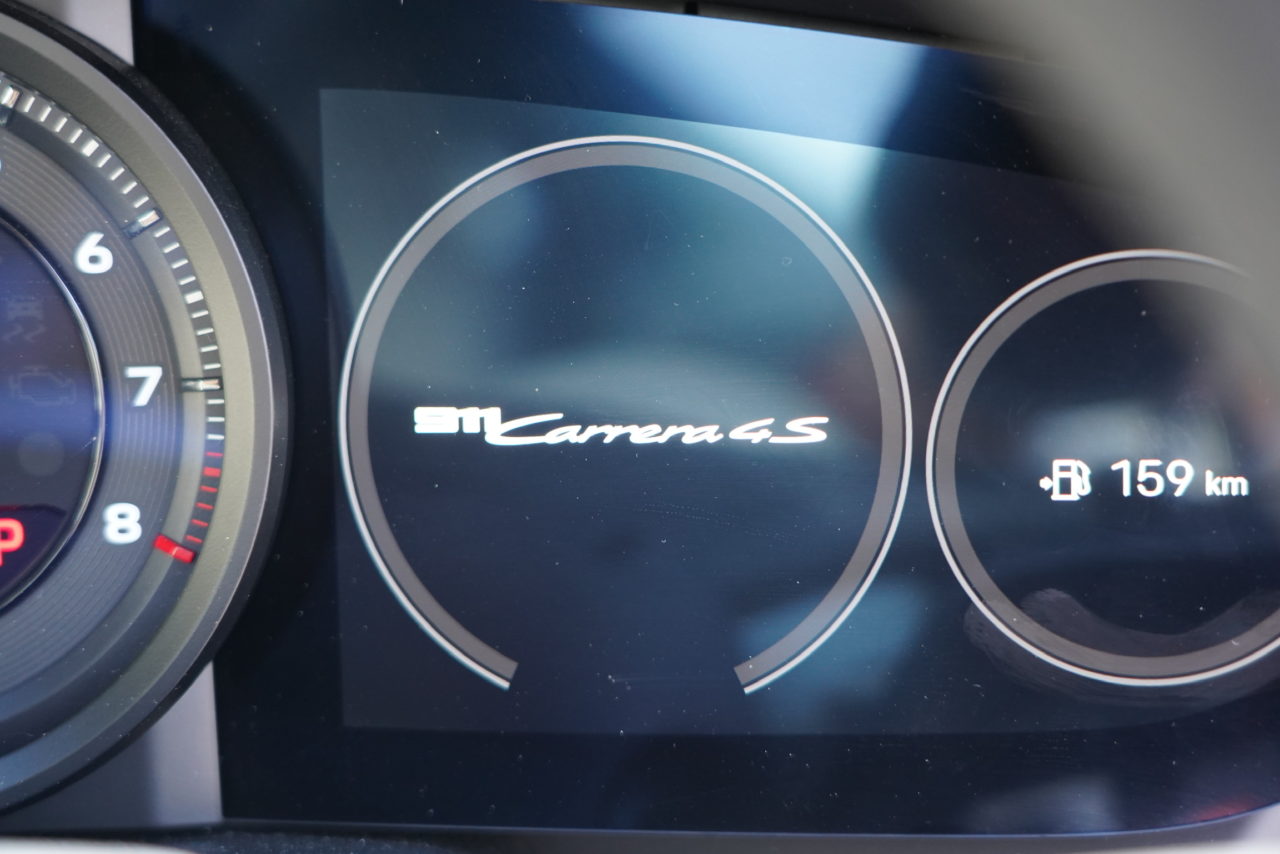
Many other manufacturers’ models feel like completely different cars after a model change. But the 911 remains a 911, even after a model change. It’s easier to drive and more high-performance, a well-behaved car, but the driving feel, controls, and character are still unmistakably 911.
In my opinion, this 911 feels like a modern reinterpretation of the air-cooled Porsche, enhanced with today’s technology for higher performance, environmental consideration, and safety. Of course, it drives very differently from an air-cooled Porsche and is much easier to handle.
However, the design inside and out, the engine sound, and the overall feel seem to reflect classic elements more strongly than previous models, albeit with some artificial touches.
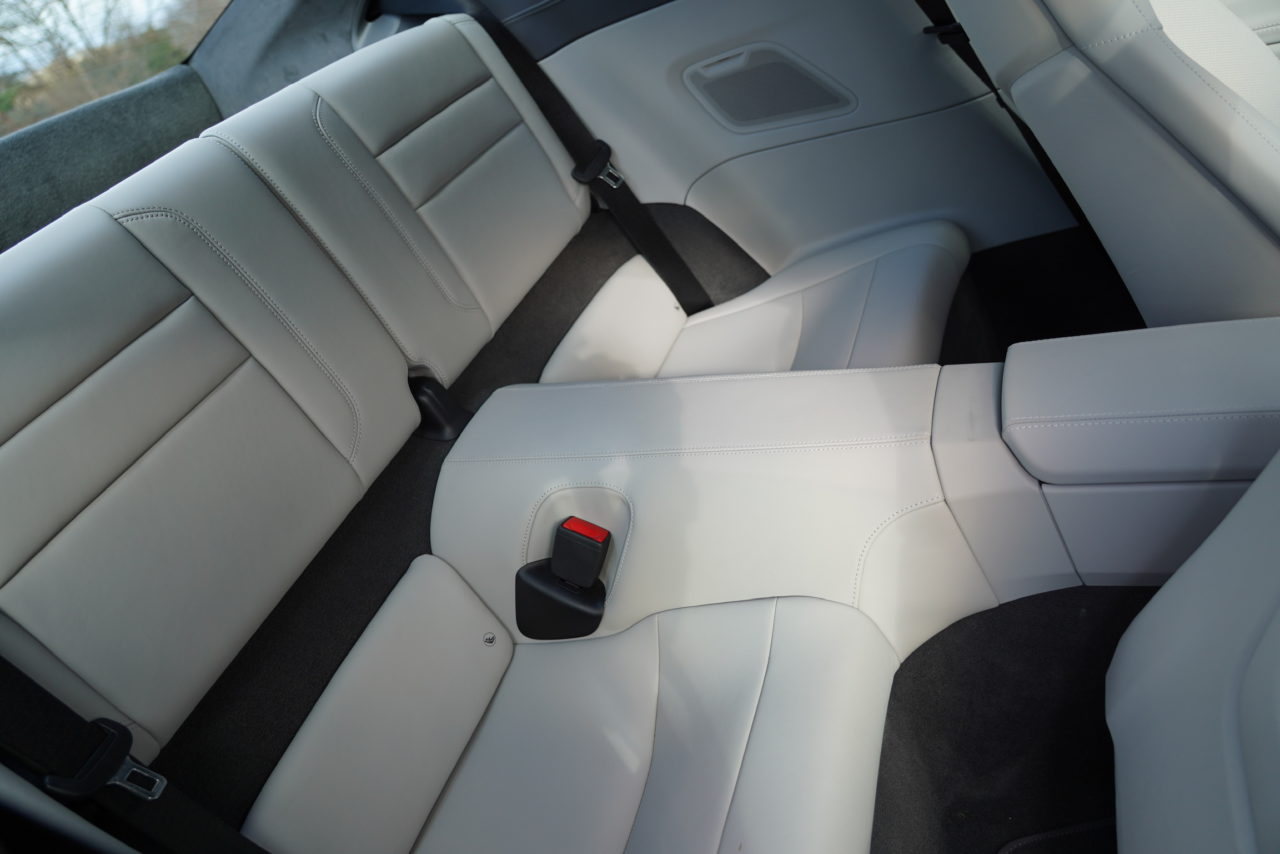
Also, I feel the 992 has stronger GT car characteristics than before. It’s even easier to use and less tiring for long-distance touring and daily driving than the 991. I suspect Porsche is aiming to clearly differentiate the character of the Carrera-based basic models and the GT models. The GT versions will likely be announced some time later, and I’m already looking forward to the future lineup.
Having finished the test drive, even though I have a Taycan reservation, I’ve been thinking it wouldn’t be so bad to drive the 992 until the Taycan arrives. Now, I wonder how our family’s car selection will turn out.
このブログが気に入ったらフォローしてね!


Comment ( 0 )
Trackbacks are closed.
No comments yet.